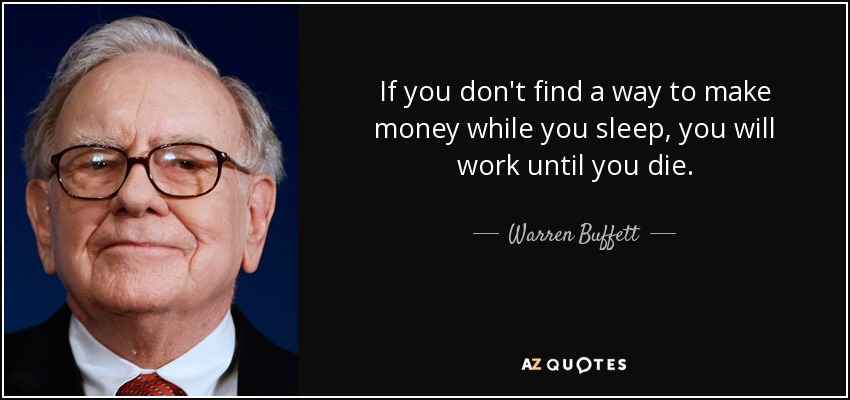What Does President Trump Mean for Canada?
Most people thought Hillary Clinton would be the next president of the U.S., but that’s not what happened. The pollsters yet again got it wrong. In one of the biggest upsets in political history, Donald J. Trump defeated Hillary Clinton to become the next President of the United States. It wasn’t close either – Trump won in impressive fashion, winning in a landslide. What does a Trump presidency mean for Canada? Let’s take a closer look.
The Immediate Aftermath of a Trump Presidency
It was predicted stock markets would be down worldwide if Trump was elected President. Although markets were down initially, that’s not what happened. Stock markets fell at first once Trump won the election, but ended up ultimately closing higher on Wednesday. The Dow hit a record high later in the week, while the TSX saw small gains.
It probably has a lot to do with Trump’s victory speech and his meeting later in the week with outgoing President Obama at the White House. Instead of his usual combative tone, Trump seemed presidential. Investors seem to be optimistic Trump’s promises to boost infrastructure spending, reduce taxes and cut government red tape will help the economy.
How Will Canada Be Impacted by President Trump?
A Trump victory could actually be good news – at least for Canada’s struggling oil and gas industry. Former Canadian Prime Minister Stephen Harper tried his best to get the Keystone XL pipeline approved, but ultimately President Barack Obama nixed it. Keystone XL may be one of the first items on the agenda for Trump when he officially takes office. During his campaign, he promised to approve Keystone XL if elected President. If Trump follows through, this could lead to plenty of opportunities for Canada’s oil and gas industry stateside.
Trump campaigned on rejecting globalism by putting America first. Although much of that talk was aimed at Mexico, this still introduces a lot of uncertainty since the U.S. is Canada’s largest trading partner. Specifically worrisome is Trump’s promise to tear up NAFTA if it’s not renegotiated. With a Republican president and the Republicans controlling both the Senate and House, Trump may actually be able to follow through on his promise. All he needs to do is give six months’ notice and he can withdraw the U.S. from NAFTA. This could hurt both the American and Canadian economies.
With a lot of Americans promising to move to Canada if Trump became president, Canada’s real estate market could get a nice boost. Although Vancouver is less attractive with its 15 percent foreign buyers tax, Toronto remains a world-class city many would be proud to call home. Despite the high real estate prices in the Big Smoke, our real estate prices remain affordable for Americans due to our low loonie. The U.S. greenback has about a 30 percent advantage over the Loonie. That advantage is expected to widen if the U.S. Federal Reserve hikes interest rates in December as many are expecting.



_0_o.jpg)


















